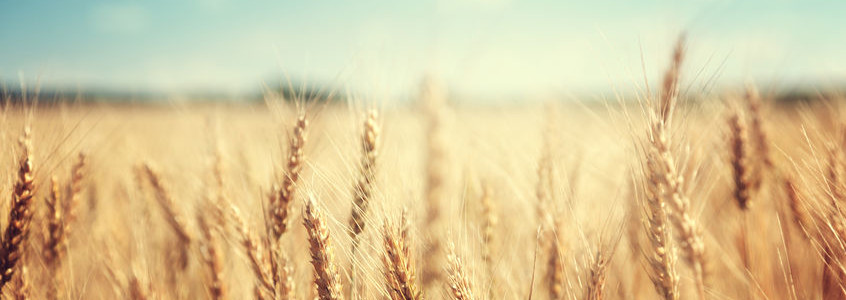
Also known as enzyme-resistant starch, resistant starch is the part of starch that resists digestion (hence the name). But it’s also classified as a dietary fiber that comes with a whole list of health benefits.
Nutritional benefits include:
- Improved glycemic index
- Controlled insulin responses
- Gut health
- Reduced blood glucose spikes after a meal
What are sources of resistant starch?
- Wheat starch
- Oats
- Raw potato starch
- Legumes
- Green bananas
- High-maize flour
- Retrograded starches
How about baking with it?
Resistant starch has a low water holding capacity. The good new is, this helps with crispness and expansion in baked goods. However, it can have a negative affect on crumb color and appearance. So, try adding transglutaminase, glucose oxidase or xylanase to improve the water holding capacity of the dough.
Also, be aware that there are 5 classifications of this starch. Bakery products are typically formulated with RS II and RS III types:
- RS II: includes native RS such as high-amylose maize or raw banana starch. After cooking, most of these starches may become highly digestible due to gelatinization.
- RS III: retrograded starches produced during food processing and manufacturing. Examples include cooked and cooled potatoes, stale bread and high amylose corn starch.

